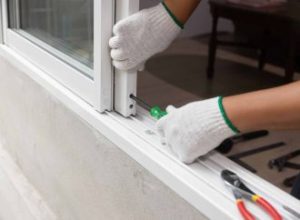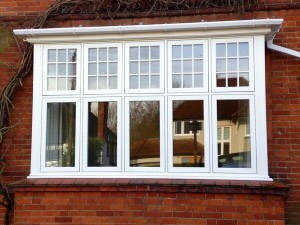Effortless Upkeep: The Art of Maintaining Composite Windows
Composite windows have risen to popularity due to their low maintenance requirements, aesthetic appeal, and exceptional insulation qualities. This piece will provide an in-depth guide to maintaining composite windows, so they remain energy-efficient and stunningly attractive for years to come.

Understanding Composite Windows
Contents
Composite windows are made from a blend of materials, often including wood, vinyl, or fiberglass. This composition results in a window frame that offers the high insulation properties of wood and the low-maintenance benefits of vinyl and fiberglass.

Routine Cleaning
Like any window, composite windows will look their best when kept clean. You won’t need to re-paint or refinish these windows, unlike wood windows which absorb moisture and can rot. Cleaning composite windows is straightforward: use a soft brush or microfiber cloth and a mild cleaner. Avoid using abrasive cleaning materials that can scratch the glass or damage the frame.
Composite windows can be subjected to high humidity levels and temperature changes, especially in homes with condensation or high humidity issues. It’s essential to ensure these windows are clean and dry to prevent the buildup of moisture, which can affect the insulation and thermal properties.
Lubrication and Maintenance
Another critical aspect of composite window maintenance is ensuring that all moving parts are in good condition. Sliding doors, hung windows, bay windows, bow windows, and other types of windows may have hinges, sashes, or tracks that need regular lubrication to keep them operating smoothly.
Most manufacturers offer a lifetime warranty on their windows, which may include regular checks and maintenance. It’s a good idea to take advantage of these services to make sure your windows stay in top condition.
Preventing Rot and Damage
Composite windows, particularly clad windows with a wood interior, are less susceptible to rot and harsh weather than pure wood windows. However, they should still be checked regularly for signs of damage or wear. While they are designed to withstand harsh elements, over time, some wear and tear are inevitable.
The composite frame of these windows can resist the harshest weather conditions. Even so, they should be inspected after significant weather events to ensure there is no damage.
Energy Efficiency and Insulation
One of the significant advantages of composite windows is their energy efficiency. They are designed to insulate your home, reducing energy bills, and creating a more comfortable living environment. Some windows also contain argon gas in the pane, which provides better insulation and energy efficiency. However, the type of glass and whether it features low emissivity can also play a role in a window’s insulation properties.
Maintaining the energy efficiency of these windows means ensuring that the seals remain tight and the frames are in good condition. The insulation properties can be negatively affected if the frames are damaged or if the seals become worn.
Concluding Thoughts
Composite windows are a fantastic low-maintenance option for contemporary homes. With proper care and maintenance, these windows can maintain their attractive appearance and energy-efficiency for many years. They are available on the market in many sizes and shapes, making them a suitable choice for various architectural styles.
Composite windows are an investment in your home’s value, comfort, and energy efficiency. By following this maintenance guide, you can extend the life of your composite windows and keep them looking as good as new.

